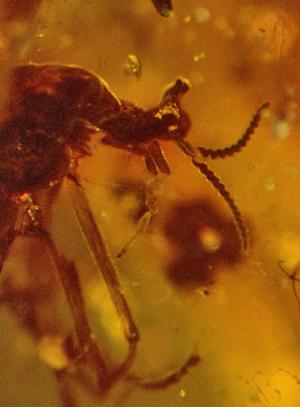From Nature.com:
The GenBank sequence database, the central repository of all publicly available DNA sequences, counted its thousandth complete microbial genome this month. But a thousand genomes is only a small fraction of the diversity that exists in the microscopic world. Now, scientists want to fill in the gaps.
“The broad brush strokes of microbial diversity are not adequately represented in that first thousand,” says Stephen Giovannoni, a microbiologist at Oregon State University in Corvallis. “It’s absolutely important that we sequence more.”

 From
From 

 Earlier this year,
Earlier this year, 